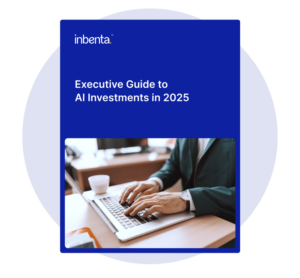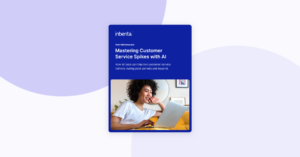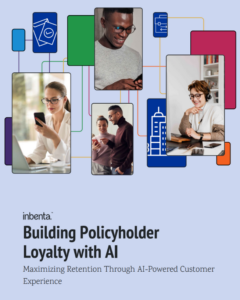2025 marked a turning point as travel brands shifted from conversational bots to operational AI that drives bookings, revenue, and faster service across channels. Maya’s COO Benjamin Manzi outlines five shifts: production over pilots; conversion over conversation; trust built through data governance, hallucination prevention, brand tone discipline, and risk management; augmented agents that amplify human teams; and deep integration with live inventory and workflows. The outlook for 2026 sharpens the focus: reliability, scale, and intent‑driven discovery. Expect quicker responses, sharper lead qualification, and more tailored guidance, with clear guardrails and human oversight. Systems that handle real volumes and edge cases will win, and only a few will scale across markets and languages.
Inbenta recognized in Gartner® Magic Quadrant™ for Conversational AI Platforms.
- Platform
- Solutions
 Inbenta’s Composite AI
Inbenta’s Composite AIInbenta’s AI, trained for over two decades on billions of interactions, enhances customer experience across industries.
- Use Cases
- industries
- Resources
- Articles
- AI This Week
- White Papers
- Newsroom
ArticlesAI This WeekWhite PapersWhite PapersWhite PapersWhite PapersNewsroom
- Company
- Partners
Unlock growth & innovation
CareersTransform the world with us
CompetitorsSee how we stack up






